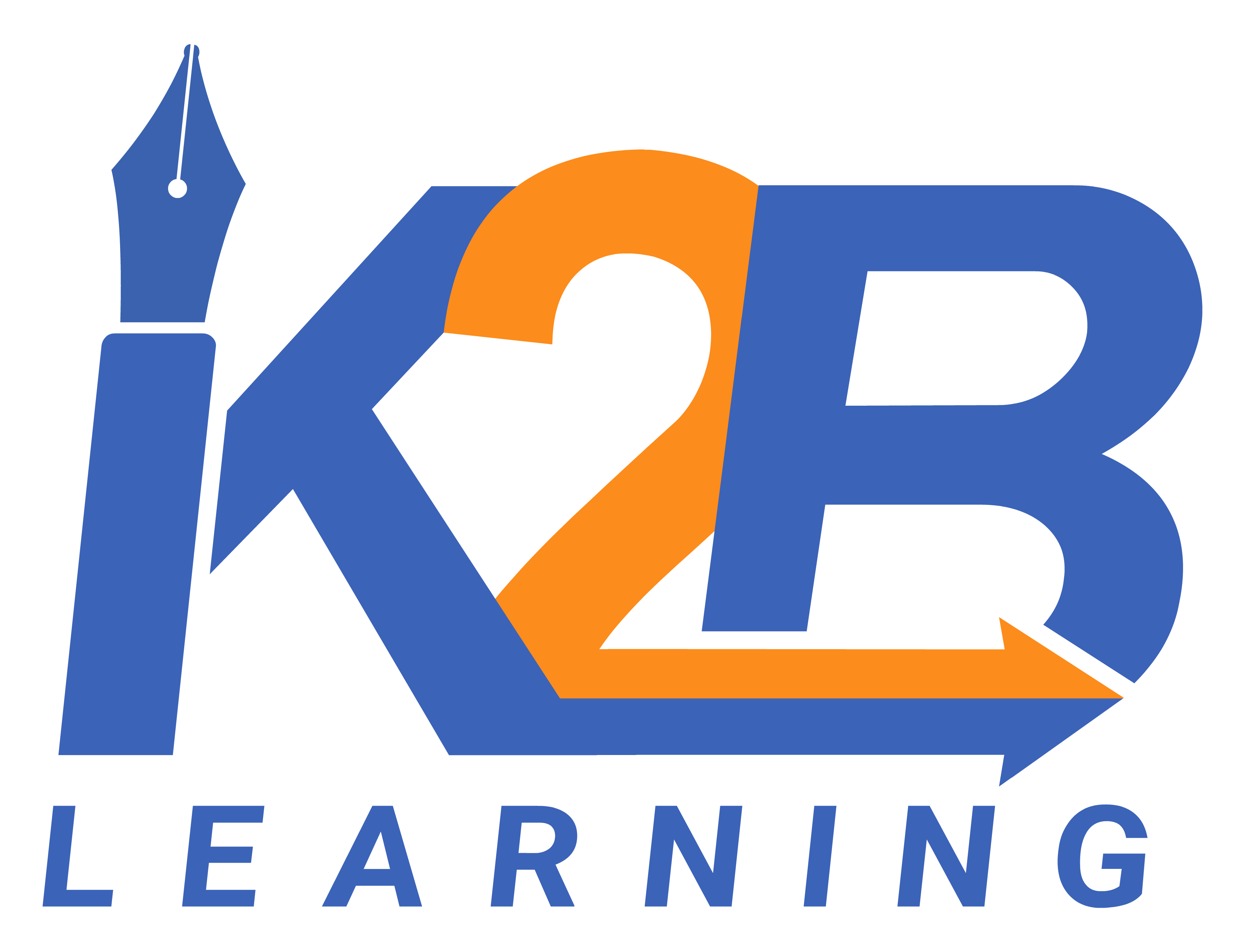There were times, when people would prepare their employees on different perspectives by clarifying concepts on blackboards or whiteboards. However the entire process was extreme and long, as one needs to think of unique ideas every time they wanted to teach in order to make it engaging.
E-Learning is an innovative idea which has touched diverse parts of our life; be it our children’s education, skill upgradation, higher studies or foreign collaboration, nothing has remained untouched from this innovative concept of eLearning.
A progressive and positive trend, E-Learning is beyond just learning with the help of computers or Internet; rather it is a far wider concept. Here “E” is all about Explore, Experience, Engage, Empower & to Effortlessly Learn.
Involving a number of tools to learn new concepts, behaviours and skills, development of E-learning modules involves deep research and is firmly rooted upon the 4 Pillars of human learning – Attention, Capability, Retention and Motivation.
The concept of learning via Chart-boards
Learning by Chart-boards or Interactive whiteboard (IWB) is a modern-day concept, which dedicatedly works upon strengthening the “e” explained above. This means searching for new technological upgrades which can help you to gain knowledge in the easiest manner without investing a lot of time and resources. Today every organisation is working towards building a robust learning and development framework, as they are willing to work on the skill gap of their employees and help them learn accordingly to achieve the organisation goal.
Strategic learning gaining popularity in the Corporates
With reference to research conducted by Ernst & Young, 75% of the A class companies are willingly investing a huge amount of their profits in strategic learning via eLearning methods. The reason why strategic learning is becoming popular among corporates is as follows:
- Reduces cost of training employees.
- Improves the skill set hence better utilisation of existing workforce.
- Let the employees upgrade their skills at their respective pace without any interference. Timesaving is a big tick mark here.
- These eLearning programs are upgraded as soon as a new technology or process is introduced anywhere across the globe.
- Works positively towards boosting employee’s productivity without disrupting the daily schedule.
- It is easy to scale up the programs for large workforces spread across geographies and time zones.
- Consistency is the key here. The format and delivery content are largely consistent and independent of the training style and curriculum preference of trainers and facilitators.
- Ensures better retention of employees as when they are trained well, they value the inputs and efforts you have been putting in order to give them a global exposure.
- Last but not the least, outcomes of an e-learning program, when analysed effectively using the right tools, can provide unmatched insights into the learning behaviours of employees. These can be further used for research and introduction of new techniques.
How do we implement the concept of e-Learning?
There are numerous innovations and methods, which are being invested worldwide to develop e-learning modules. Effective utilisation of these techniques is a major factor in the success of a learning program. Here are the main pillars of any eLearning initiative:
- Define the objective – This is an easily ignorable facet but, it is critical to lay down clear learning objectives of any course content. This will help in better structuring of the content, and precisely define what we expect the audience to achieve. Like any other objective, these should be specific and measurable.
- Bite-size modularisation of difficult concepts, which are easily absorbed and retainable. The key here is to make learning effortless and immersive. This will require careful planning and brainstorming.
- Communication – The communication of the rollout will drive interest and success of the participants. Driving a change in the learning style commands a communication strategy as robust as the learning itself.
- Integration – Integration with HR systems and people processes is the key to help link the outcomes to business, so that employees are aligned well with the goals of the initiative.
- Engage together and churn profits. People at all levels in the organisation should participate and benefit from the modules designed for varying skills levels, to ensure there is learning for each and every one.
- Follow an Interactive approach. – Interactivity is a key element of the elearning course design. When learners are able to have a dialogue with the tools, they become more engaged and involved. These can be in the form of quizzes, scenarios, simulations and even videos.


